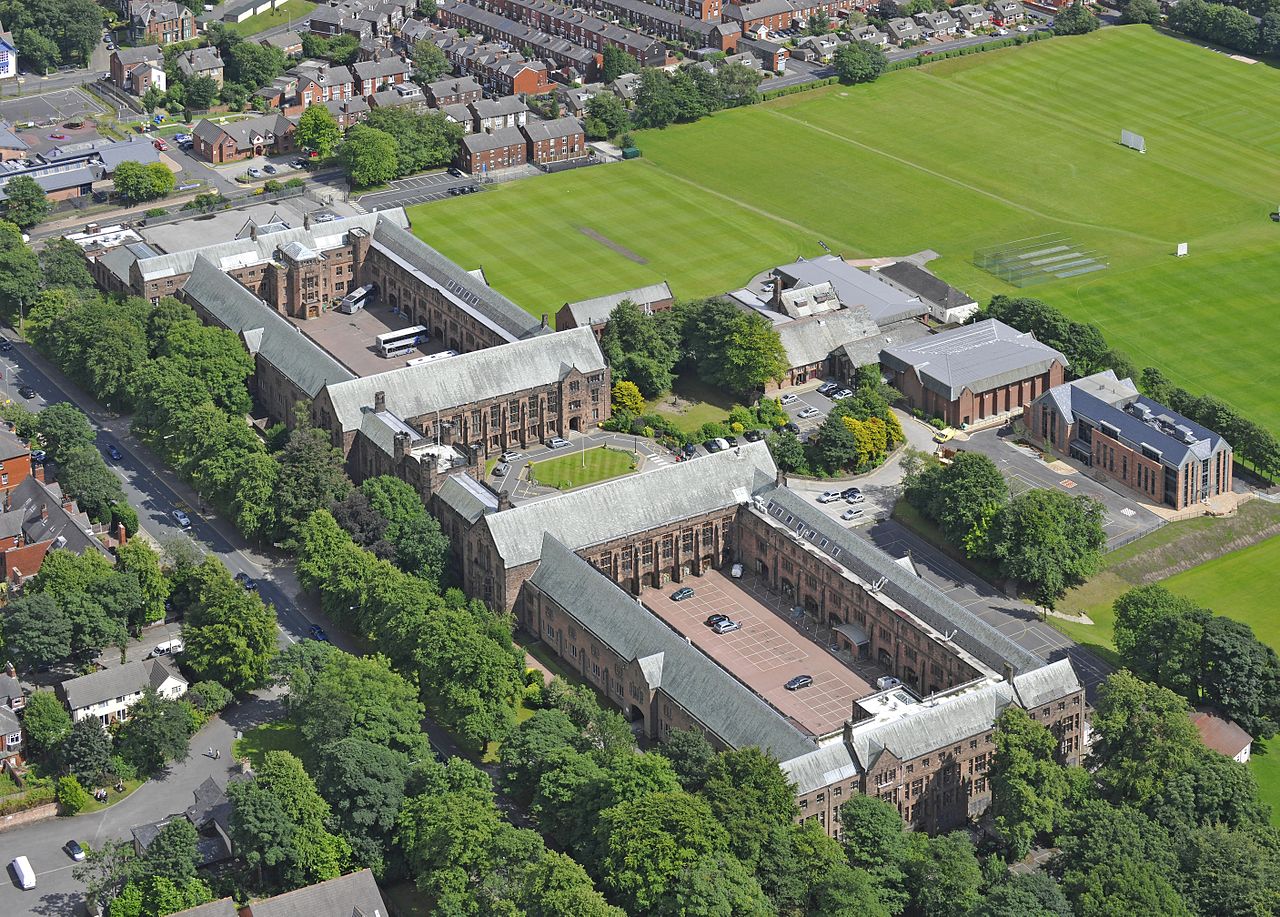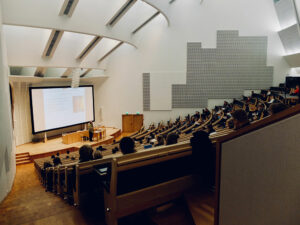
Accomplishing More with More Sensors

Many K-12 schools today consist of multiple buildings spread across a campus: different classroom buildings, sports facilities, auditoriums, etc. When it comes to the wireless network, each separate building will have its own subnet and scope of IP addresses, and a unique set of connected devices. In addition, the backend network infrastructure, which could include different VLANs and DHCP scopes, will be different for each building. For all intents and purposes, the buildings’ networks are completely separate from one another. One building might report a network issue that is not affecting any other buildings, or multiple buildings might report issues that have separate causes. If IT personnel don’t have a way to analyze the individual buildings, they face delays and challenges with problem resolution.
On top of those challenges is the fact that each school building does not have its own IT team; in fact, the school could share a team with other schools in the district, meaning that IT personnel might not even be on campus every day of the week. The bottom line is that fixing issues requires travel; whether that travel is across a field to another building or across town depends on the school. In every scenario though, travel equals time. Any delay in resolving an issue negatively impacts students, and reduces the chances that IT can easily capture the information causing the issue.
Schools don’t have any time to waste when it comes to education. They need options that greatly reduce, or eliminate, travel time for IT, and provide detailed analysis of the unique network situation in every campus building.
This is why many schools are turning to WiFi Analytics platforms. Depending on the platform, the analytics provide automatic troubleshooting and packet capture, remote capabilities, proactive alerts for security issues or degradation, or a number of other time-saving, efficiency measures. In the case of Wyebot’s Wireless Intelligence Platform ™ (WIP), one of the extra pieces offered is the testing of not only the wireless network but also the backend wired infrastructure. To truly understand how a network is behaving and how to optimize it, it is necessary to analyze the entire wireless ecosystem. This is accomplished with the WIP.
WIP’s suite of eight remote network tests runs on a manual or periodic basis over wired or wireless networks. It is operational 24/7, automatically sends alerts if any test fails, and provides IT with a remote capability to diagnose and troubleshoot network issues. WIP’s ability to test the entire network, end-to-end, means that a building’s network health is completely visible. With WIP, IT is equipped to target problems proactively, before students’ education suffers. There is no time spent traveling to a location to begin an investigation only after an issue strikes. With WIP in place, all the necessary information is automatically analyzed and presented on a continuous, 24/7 basis. Multiple sensors provide remote access and testing into each building, and reduce mean time to resolution by 90%.
Schools are complex and dynamic environments, with one-to-one computing and IoT devices fueling new challenges every day. To truly provide WiFi Assurance, enhancements must encompass the entire network and entire operating environment. With complete network visibility, it is possible to optimize every building, and provide the best education in every situation.

